Over the last year I spent some time in comics retail, working at my favourite local comic shop, London’s renowned Orbital Comics. In this series of articles, I’ll be looking at some of the trends I observed whilst I was there, focusing on the positive changes that are happening in the industry. Welcome to “I Used To Sell You Comics”
My mother used to roll her eyes every time I started talking about comics. My intricate and inane knowledge of the history and process of this strange thing (that seemed almost to come from another world compared to anything she could comprehend) was a constant mystery to her as I grew up. I was a precocious child. I couldn’t just read a book that I liked. I would have to read everything by that author, books on that author’s process, and books by that author’s favourite author. I would completely immerse myself in anything I loved.
T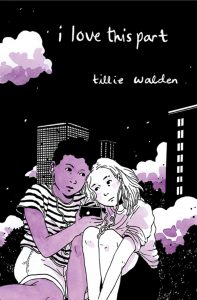
Oddly enough, this imagined taboo may have caused me to love comics even more. As I grew older I began to realise that comics were actually quite beloved, even if only by a small fraction of the population. And, after many years, I managed to find like minded people who shared my love for them.
Still, Once depicted as a niche interest for a specific kind of person, the characters and plots featured in sequential literature have proven to be irresistibly charismatic for all kinds of people.
Orbital Comics is renowned for many things, one being its outstanding small press and independent section curated and run by the wonderful Camila Barboza. This segment of the shop was a revelation to me, as it truly opened my eyes to the wide spectrum of people who buy and love comics.
The idea of superheroes as the be all and end all in comics is understandable. Marvel and DC have been holding court for over a hundred and fifty years between them, and their characters are often household names. Because of this it’s easy to miss the wide array of incredible comics that are beloved by many and don’t include one single cape. My first experience of this “other” kin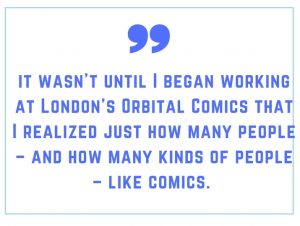
The longer I worked at the shop, the easier it became for me to recommend books to anyone. Boxers and Saints was the first series that my mother ever read. When I began working at the comic book shop, she turned to me and said “I suppose I better read a comic then!” And with that, my search began. She adored the historical tales of two warring factions, and thus began her love of sequential storytelling. My stepfather was not known for his love of anything but serious literature until I gifted him with Wilson by Dan Clowes and Chester Brown’s wonderful Ed The Happy Clown. Before my grandad passed away, I gave him the first volume of the pitch perfect Brubaker and Phillips noir tale The Fade Out. Though he never got the chance to finish it, he told me on receiving it that he’d “never thought he’d see a cartoon strip he’d want to read except Oor Wullie and yet here it was!”
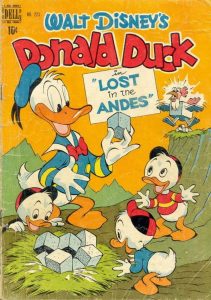
Luckily there are a number of incredible publishers like Drawn and Quarterly, Fantagraphics, Top Shelf, Avery Hill, Nobrow, and so many more who keep producing beautiful books which are often people’s first foray into sequential storytelling. They can be a comic fan’s next step when they tire of constant crossover events, begin to long for something a little different, or even discover an issue of Sensation Comics Featuring Wonder Woman including a story by the incredible Gilbert Hernandez and think “Oh, I wonder what other stuff this guy’s done?”
Over the last decade, with the prevalence of the Marvel Cinematic Universe and television shows like the Walking Dead, comics have fully entered the public consciousness. As the saying goes: DC makes more in a year selling socks and underwear with the Superman logo on them than they make selling comics. Because of this it’s easy to forget that the history of comics has so many varied strands and different influences — from classic cartoon strips to indie comics, original graphic novels to self published zines — and that this is reflected in modern comics readership. Basically it’s good to remind ourselves that without a doubt comics are for everyone.


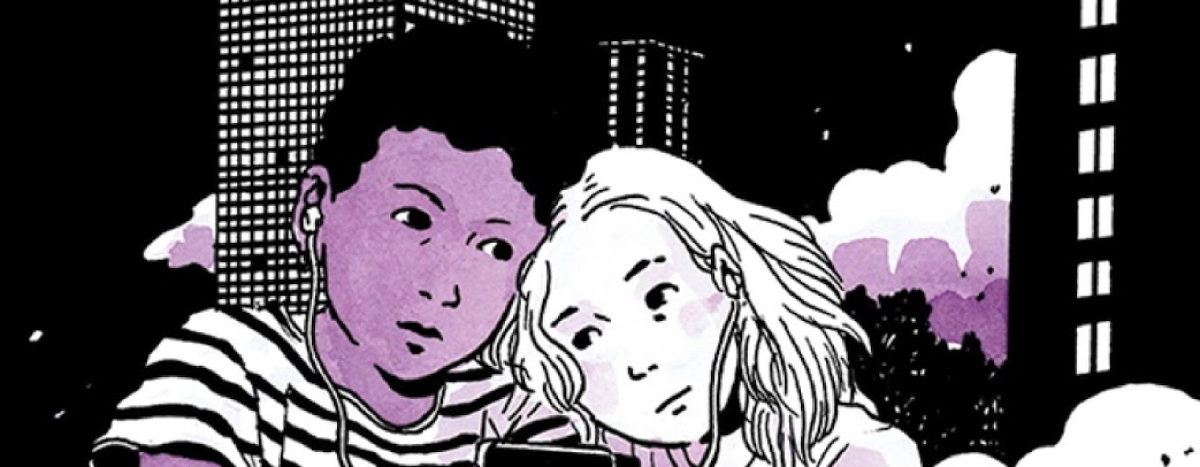
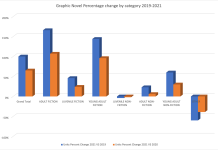
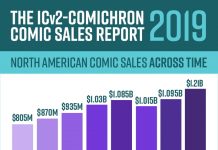

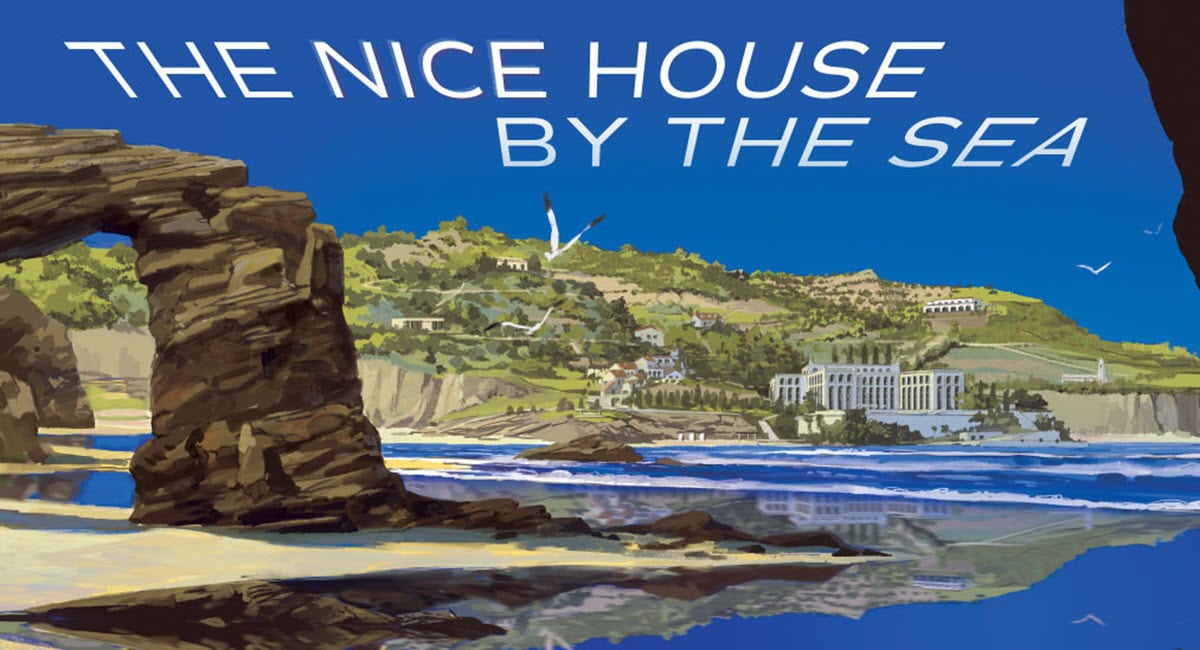



Ha-ha, I remember telling my future mother-in-law that I wanted to work in comics and her reply was “aren’t those done by a machine.”
Very much enjoying this series, Rosie. I’d been reading “Big Two” comics for years before I began branching out during my 20s, and it’s such a lush industry with so much to offer. Superheroes really are the tip of the iceberg.
Comments are closed.